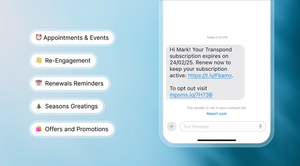Marketing intelligence might sound a bit too high-tech for now, but the truth is, you're probably already using some of these tools every day. They're not as complicated as they seem – just smarter ways to work.
Let’s flip the script and check out the best ones for small and medium businesses to see how they can make a difference without the techy headaches.
What is marketing intelligence?
Marketing intelligence involves gathering and analyzing data to make better business decisions. It helps businesses understand factors such as:
- Competition - Keep a close eye on what your competitors are doing – whether it’s new product launches, promotions, or strategies
- Market trends - Understand the overall market, including customer demand and industry shifts
- Product performance - Monitor how your products perform in the market. Are they meeting customer expectations? Analyzing performance helps improve future product releases
- Customer behavior - Check customer preferences and behaviors to understand what drives their decisions
- Competitive positioning - Know where you stand in the market compared to your competitors to strengthen your brand’s position
- Pricing strategies - Assess if your pricing is competitive and aligned with market expectations
- Growth opportunities - Identify new markets or product expansions to drive business growth
- Customer feedback - Gather insights from customer interactions to improve your offerings.
You can make better decisions quicker with the right marketing intelligence tools.
Is marketing intelligence only for enterprises?
Short answer: No.
Long answer: Many marketing intelligence solutions work well for smaller businesses.
Marketing intelligence sounds expensive, but you can make the most of marketing intelligence even with a smaller budget.
Marketing intelligence is just an umbrella term covering many ways which you collect and process data to make better decisions. It gives sales and marketing teams an edge – from market research to competitive intelligence. If you're trying to identify industry trends or track competitor strategies, you don't need to spend a fortune – plenty of affordable market intelligence tools are available.
Best marketing intelligence tools that won't break your budget
Capsule CRM
Who says customer relationship management can't double as a market intelligence tool? Capsule CRM challenges that notion by offering more than basic contact management.
This platform integrates marketing and sales data – providing product marketers and decision-makers with valuable insights for crafting effective go-to-market strategies.
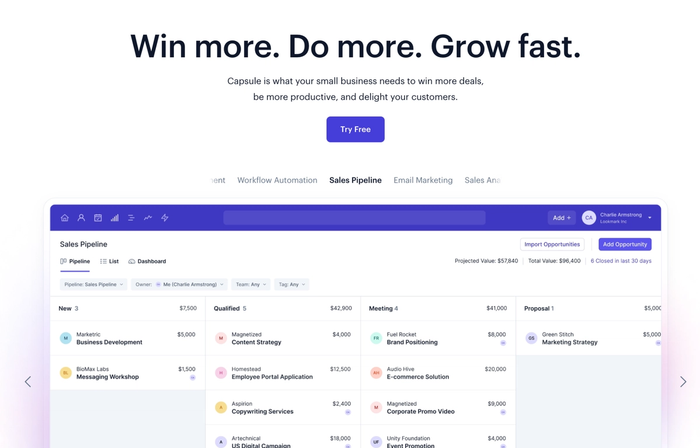
Capsule puts all your customer interactions in one place, giving you a clear view of each client’s status and history. With features like sales pipeline management, task control, and project tracking, Capsule provides a complete solution for managing your business efficiently. Its built-in sales analytics offer critical insights that help you make smarter decisions, detect opportunities, and drive growth.
It offers these extensive capabilities in an affordable, user-friendly package. With Capsule CRM, even small businesses can get the insights they need to grow, without spending too much.
And for those just starting their journey into marketing intelligence, Capsule CRM offers a completely free version to try out.
Transpond
Transpond is an all-in-one email marketing intelligence tool that simplifies creating, sending, and analyzing email campaigns. Its AI Content Assistant helps users quickly generate compelling email content.
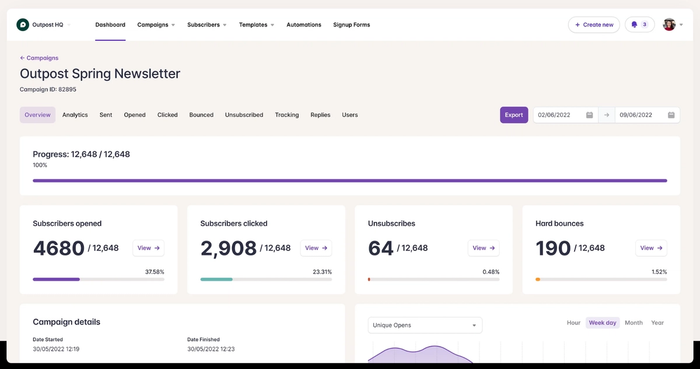
The drag-and-drop editor allows you to create beautiful, responsive emails, while marketing automation and transactional emails keep contacts engaged throughout the journey. Advanced analytics provide actionable insights that help businesses understand consumer behavior and optimize their strategies.
Also, Transpond integrates directly with Capsule – offering users powerful tools for making better marketing and sales decisions.
Fullstory
Imagine watching your customers navigate your website as if you were sitting beside them.
Fullstory makes this possible by replaying user sessions exactly as they happened. Instead of sifting through data points, you see real user experiences in action.
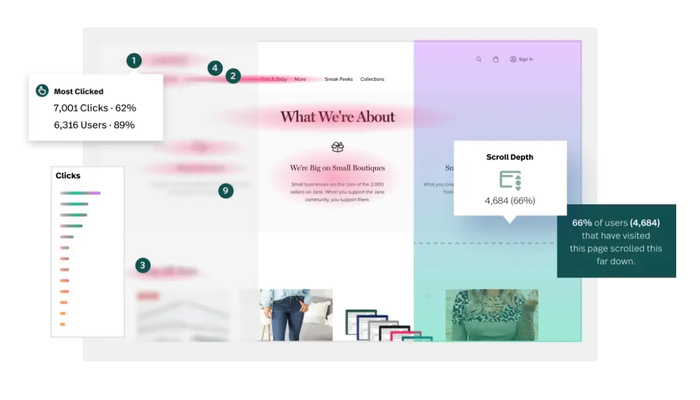
This unique tool captures every click, scroll, and interaction, to give you deep insights into customer behavior. Not only can you watch user sessions, but you can also access heatmaps that reveal detailed patterns in user engagement.
With Fullstory, you can spot issues, improve user experience, and make data-driven decisions – all without stretching your budget.
Ahrefs
Tired of marketing tools that claim to be ‘all-in-one’ but don’t deliver?
Ahrefs provides unique capabilities to improve your digital marketing strategy without breaking the bank. It lets you compare your website's current and historical data, revealing trends over time. You can see your competitors' top-performing pages with competitive intelligence features and track their backlink growth or decline.
Ahrefs also helps you discover keyword opportunities and gauge the full traffic potential for keywords. With Content Explorer and Web Explorer, you can quickly find top content and view the web just like search engines do.
Google Trends
Looking to uncover what your customers search for without paying a dime? Google Trends is a free, powerful tool that reveals real-time search data. As one of the top market intelligence tools, it offers extensive information to improve your market understanding.
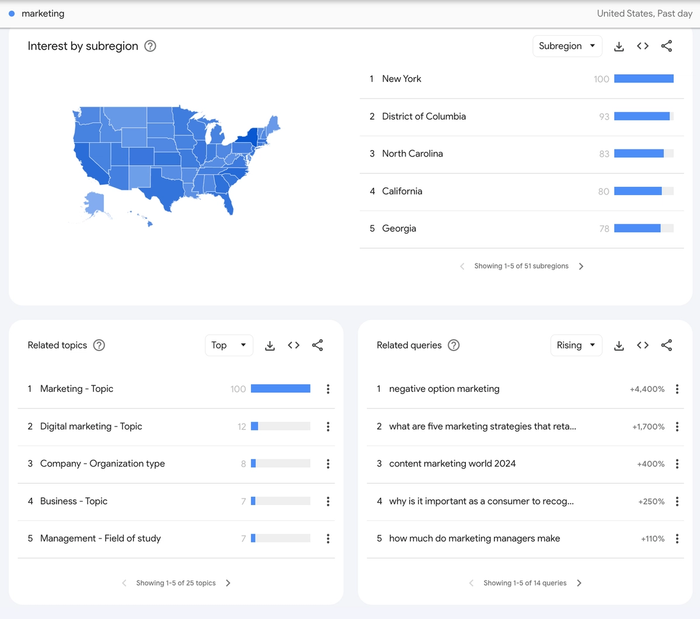
This tool helps businesses and product marketers monitor trends, track competitor interests, and collect detailed data to refine marketing strategies. With Google Trends, you get valuable insights to make the right decisions for your website.
Woodpecker
Woodpecker is a smart market intelligence tool designed to automate outreach and generate leads. It helps businesses gather insights on email campaigns by tracking engagement, open rates, and response metrics, which delivers actionable insights for market intelligence.
With Woodpecker, you can analyze campaign performance in real-time, adjust your approach based on customer behavior, and fine-tune your messaging to better connect with your audience. Its automation features make outreach smoother and help you focus on what works, streamlining lead generation and optimizing your efforts.
Involve.me
If you're tired of tools that only scratch the surface, Involve.me is built for more. When used creatively, surveys can be powerful lead generation tools. Involve.me might not be classic market intelligence software, but it transforms ordinary surveys into interactive experiences that engage users and capture new leads. With personalized surveys, you gather valuable customer insights while collecting contact information to process further.
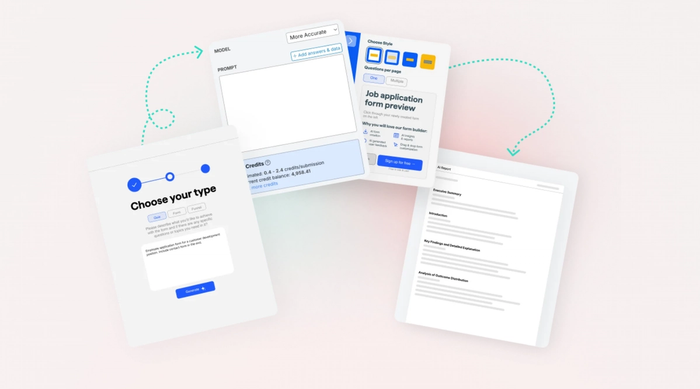
The platform offers easy-to-use templates and customization options to create outstanding surveys. A drag-and-drop editor allows you to do that in minutes! With Involve.me, you build your practical marketing tools with simple questionnaires and website forms.
Luzmo
There is no need to settle for static data when you can create a dynamic experience. Luzmo turns data into an interactive journey. With this embedded analytics platform, developer teams can directly add impactful, engaging insights into their products – without long months of development hassle.
This works not only for your business but also for its end users. They can make the decisions faster because they’re not staring at raw data but beautiful, easy-to-understand dashboards. Luzmo offers a comprehensive suite for flexible integration and customization – helping you empower your customers to explore insights, not just consume them.
Mention
Mention.com is a powerful market intelligence tool for monitoring social media and managing brand reputation. It doesn’t just stop at social media – it tracks blogs, news sites, and more, giving you a clear view of what’s being said and where.
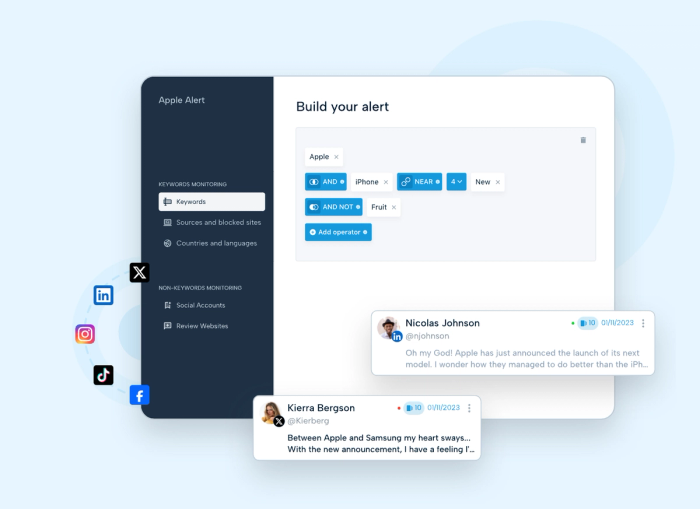
With real-time alerts and detailed information on social media posts, Mention.com allows companies to quickly address customer needs, improve brand perception, and stay informed of industry trends.
Its competitive intelligence features don’t just track your activity – they also watch your competitors. Social media listening lets you gather insights that keep you one step ahead and ready to adapt, so you shouldn't neglect it in your competitive intelligence strategy.
Visualping
Why waste time refreshing pages or relying on manual checks when Visualping can do it for you?
Unlike traditional methods that demand constant monitoring, Visualping alerts you instantly when something changes across the web. Whether it’s competitor moves, product availability, or regulatory shifts, this tool brings updates straight to your inbox.
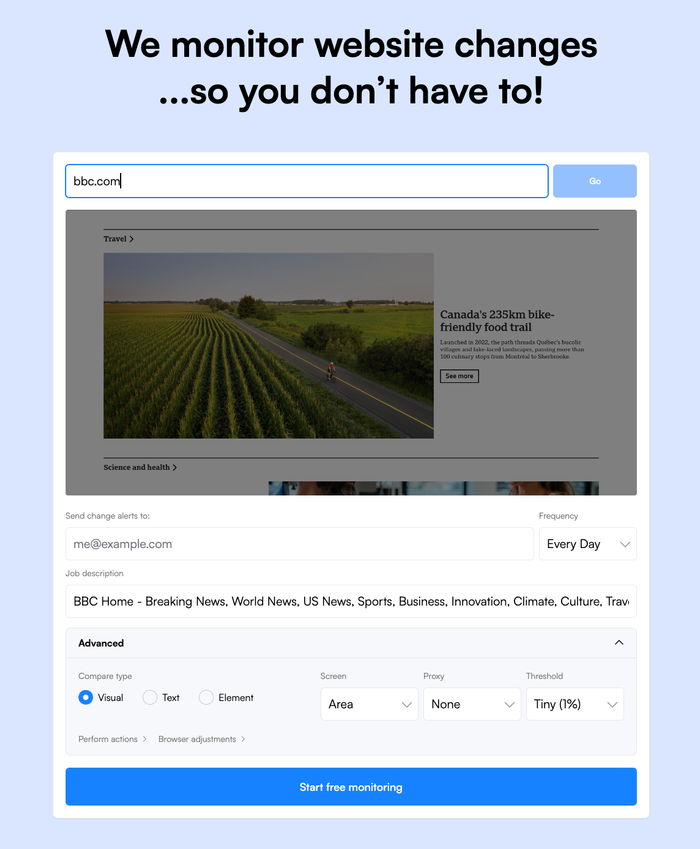
With Visualping, you can track pricing shifts, product updates, and even social media profiles – staying ahead without lifting a finger. It’s perfect for software buyers and marketers who rely on real-time data to plan their activities – for example, in financial institutions where data can change overnight.
Similarweb
Do you wonder what your competitor’s traffic sources are?Similarweb gives you that inside look. It breaks down their online performance, showing traffic data, top keywords, and audience interests.
With Similarweb, you see where your competitors get their visitors and how they drive engagement. Understanding what works for them allows you to adapt your ] strategy.
Owletter
Many businesses use email marketing to connect with their customers, but most don’t know what their competitors are up to. Are you one of them? If so, you might need Owletter.
This tool automatically captures and analyzes your competitors' newsletters, giving you a backstage pass to their email campaigns. Owletter reveals key insights into their messaging, audience engagement, and promotional timing, showing you exactly what’s working for them.
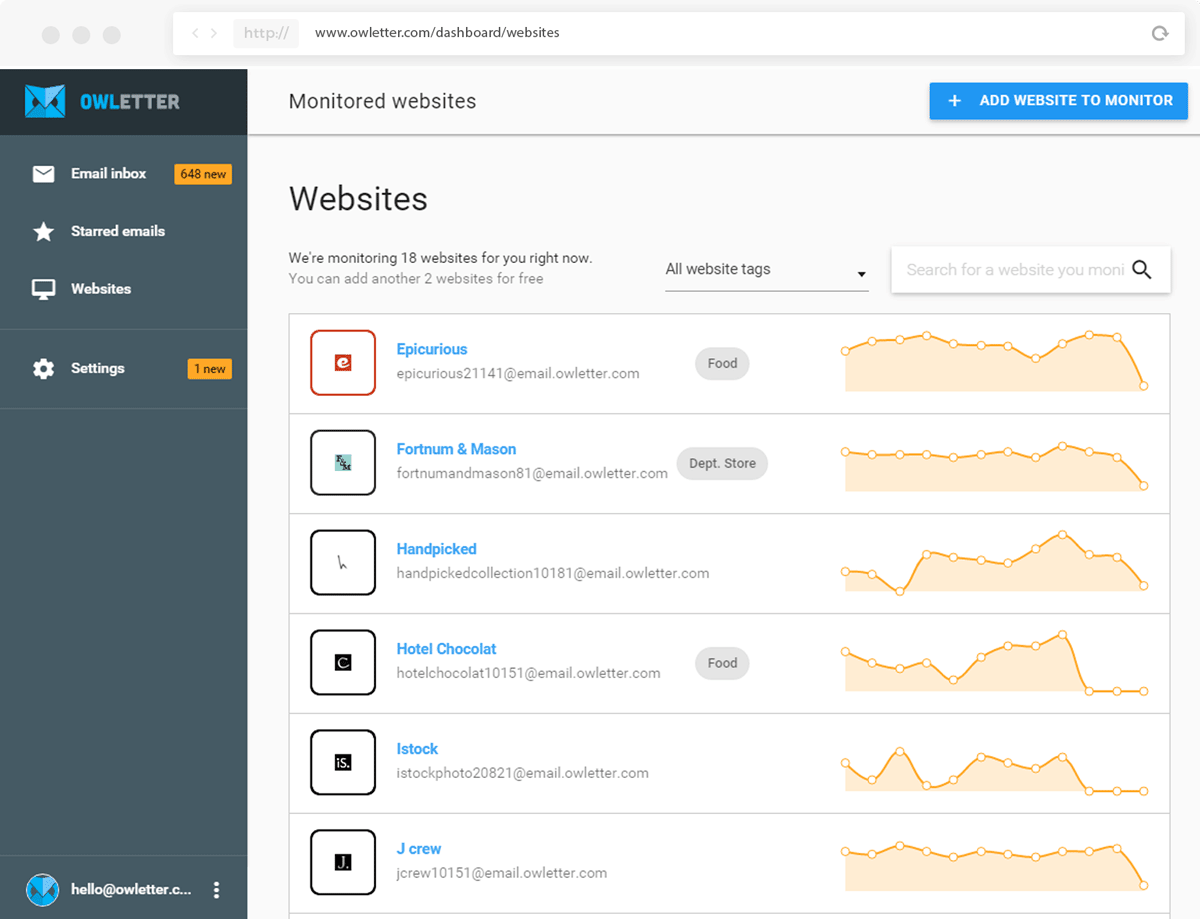
With this knowledge, you can fine-tune your strategy, uncover new opportunities, and create campaigns that stand out without playing the guessing game. For just $19 a month, you can monitor 10 websites, which is $2 per competitor insight. A small price for a big advantage, wouldn’t you agree?
How to leverage market intelligence info
Now that you know which marketing intelligence tools to use, here’s how to put them into action:
Social media insights + sales data = Social selling strategies
Tools like Mention and Similarweb give you insights into how your audience interacts on social media, while Capsule CRM tracks your sales data and gives you insights into customer relationships.
When combined, they provide a complete picture of your customers’ behavior. Social media insights reveal engagement patterns and sales data shows what leads to conversions. Using this information together allows you to create personalized social selling strategies that speak directly to your audience's needs, driving more meaningful interactions and improving your results.
Customer behavior data + website analytics = Optimized customer journeys
Using tools like Fullstory for user behavior insights and Similarweb for website traffic analytics, businesses can better understand how customers navigate their websites.
Fullstory shows detailed session replays, while Similarweb breaks down traffic sources and audience interests.
You can also use Google Analytics for this purpose. Together, these insights help optimize the customer journey by identifying friction points of the target market and enhancing user experience. All findings can also be used to rebuild a competitive advantage.
Market trends + competitor analysis = New product development
Tools like Google Trends and Similarweb can help businesses track market trends and analyze competitor strategies. For example, a financial institution might spot a rise in demand for eco-friendly financial products, while competitor analysis through Similarweb reveals a rival launching a "green" savings account.
With this combined intelligence, the business can identify gaps and develop its own eco-friendly offerings, gaining a competitive edge. Platforms that track market shifts and competitor moves provide the key data needed for strategic decision making and increasing market share.
Customer sentiment + feedback = Product improvements
Imagine a business flooded with customer sentiment through social media posts and feedback forms. These aren’t just opinions – they contain vast amounts of unstructured data waiting to be used for product improvements. Companies with existing CRM systems can combine these insights to identify specific opportunities for enhancing products.

Businesses can gather valuable insights from customer sentiment and feedback using Mention and Capsule CRM. For example, a SaaS company might notice users mentioning issues with its mobile app. Analyzing this feedback alongside CRM data, the company can focus on specific improvements, like making the app more user-friendly.
Competitor activities + market research = Competitive campaigns
You're running an interior design agency and want to stay ahead of the competition. You hear about a new design trend, but you’re not sure how relevant it is to your clients. Using Google Trends, you decide to investigate and discover that the latest Pantone Color of the Year is everywhere – clients are searching for it, competitors are embracing it, and it's influencing the entire design industry (Ahrefs and Mention show you a lot of comments and articles about that already).
Equipped with this knowledge, you quickly adapt, incorporating the trend into your designs and creating a fresh marketing campaign highlighting your use of the latest styles. As clients see you leading with cutting-edge designs, your agency stands out.
Customer segmentation + engagement data = Personalized marketing
Think of your customers as unique individuals, not just numbers on a chart. Using customer segmentation with engagement data helps you tailor your marketing to meet their needs. For example, an eCommerce SEO agency can use tools like Capsule CRM to group their client's customers based on past purchases and interaction patterns.
Then, they can use Fullstory to analyze screen recordings and heatmaps for more insights.

With this segmentation, they can create personalized campaigns that resonate more deeply with each audience.
Pricing data + competitor analysis = Competitive intelligence models
Staying ahead in the pricing game means knowing where you stand and where your competitors are moving. A SaaS provider, for instance, can gather pricing data and combine key competitor analysis metrics using tools like Similarweb. Ahrefs can also deliver actionable insights to inform pricing strategies.
This gives them a clear picture of how their offerings compare regarding value and cost. With these insights, they can adjust their pricing to remain competitive while highlighting features that set them apart in this competitive landscape.
Financial data + market insights = Long-term planning
A boutique hotel chain looking to expand can leverage financial data alongside market insights to shape a clear path forward. Using tools like Similarweb, they analyze travel trends in different regions and identify rising destinations.
Comparing these insights with their financial reports, they assess which markets are feasible for their next venture. This combination allows them to pinpoint high-potential locations and allocate resources wisely so their expansion plan aligns with market demand and financial capacity.
Real-time data + customer preferences = Agile marketing adjustments
A subscription-based fitness app notices a surge in demand for quick, home-based workouts. At the same time, their data shows an increase in customer interest in wellness and mental health. What can they do about it?
Using real-time data from their app and feedback from customer reviews, they quickly adapt their marketing to promote new wellness-focused workout plans. With this agile approach, the app can stay relevant, cater to evolving preferences, and keep users engaged while staying ahead of other fitness services.
Start leveraging your marketing and sales data
Marketing intelligence is an underrated asset for small and medium businesses. It goes beyond data collection – helping you uncover trends, monitor competitors, and understand your customers on a deeper level. With the right tools, you’re not guessing – you’re winning. We hope that our list will help you with that!



